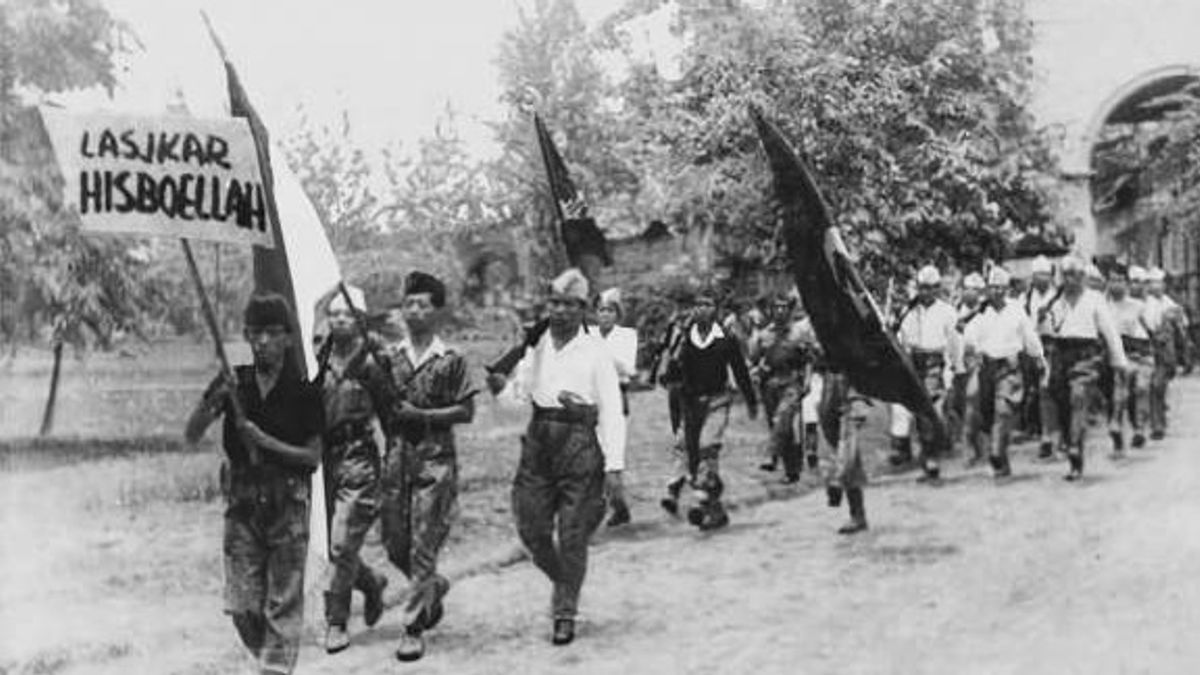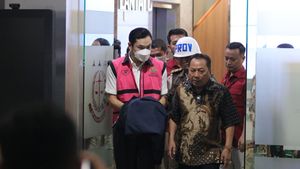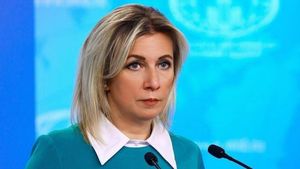JAKARTA History today, December 14, 1956, 66 years ago, Soekarno closed the grand reunion of Laskar Rakyat. The reunion was held in a former house that was once a silent witness to the proclamation of Indonesian independence, Jalan Pegangsaan Timur 56. The People's Laskar Reunion was attended by various elements of society. From officials to the military.
Previously, Laskar Rakyat was a forum in which the Indonesian people armed themselves to participate in fighting for Indonesia's independence. The presence of the People's Army also helped the Indonesian military which was limited to the Dutch.
The return of the Dutch under the banner of the Dutch East Indies Civil Government (NICA) to Indonesia sparked the anger of the bumiputras. NICA wants to control Indonesia for the second time. The teaching of carrying out an ally of 'England' was carried out in order to perpetuate terror.
Instead of fear, the bumiputras did not remain silent. The government also has no other choice but to fight with military forces and makeshift war equipment. They fought to the last drop of blood. Everything is done so that Indonesia can defend independence.
In fact, the spirit of the government against the invaders inspired the Indonesian people. They want to take part in efforts to maintain the security of the country. A forum formed from the Japanese colonial era was used. People's Laskar, his name.
The hashtag became an invitation for all Indonesian people to join and arm themselves, even though they were not government soldiers. The participation of Laskar Rakyat is growing rapidly. People's Laskar grew from one region to another. The Indonesian government also acknowledged its big role.
There are fighting bodies established by the community who are encouraged to fight for the establishment of the proclamation of independence. They are called Laskar Rakyat, who mostly join certain political parties. They in September and October 1945 joined forces to seize weapons from the hands of Japan.
Therefore, their strength is quite large and must be taken into account. Among the Laskars are Indonesian Socialist Youth (Pesindo) who is affiliated with the Indonesian Socialist Party (PSI), Hezbollah (Masyumi), Barisan Pioneer who later became Barisan Banteng (PNI Murba), BPRI from Bung Tomo, and the Indonesian Student Army (TRIP), "said G. Moedjanto in the book Indonesia 20th Century Section I (1993).
The existence of Laskar Rakyat did not go away even though the Dutch had fully recognized Indonesia's sovereignty in 1949. As evidence, seven years later, Laskar Rakyat also held a grand reunion event. The goal is that between the government, military and former People's Laskar can work together to build Indonesia.
The reunion was held for two days on December 13-14, 1956 on Jalan Pegangsaan Timur 56, Menteng, Central Jakarta. 300 people attended the reunion, including freedom fighters Iwa Kusumasoemantri and Chairul Saleh. The reunion event was also filled with many topics that included politics, economy, and social affairs.
The Laskar Rakyat reunion reached its peak on the second day. Moreover, Charul Saleh picked up Bung Karno directly from the Merdeka Palace to Pegangsaan Timur 56 to close the event. Bung Karno's presence was greeted with great fanfare. Even in his mandate, Bung Karno invited Laskar Rakyat together to maintain Indonesian order.
The officials were contacted to ask for permission and ask for their presence. Charul Saleh before President Soekarno asked for his blessing and asked for his presence. The reunion which was held at the congress was held on December 13 to 14, 1956.
The reunion took place in Bung Karno-Fatmawati's former house, Jalan Pegangsaan Timur 56, Jakarta, after obtaining permission from the Ministry of Education and Culture. The backroom is for plenary meetings, while the master room is for commission meetings," explained Irna HN Hadi Soewito in the book Chairul Saleh: Controversial Figure (1993).
The English, Chinese, Japanese, Arabic, and French versions are automatically generated by the AI. So there may still be inaccuracies in translating, please always see Indonesian as our main language. (system supported by DigitalSiber.id)









